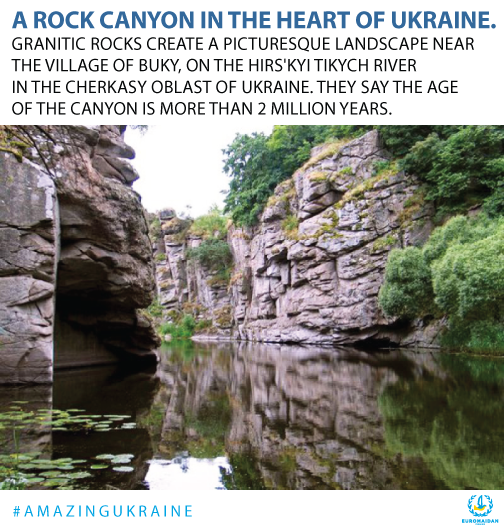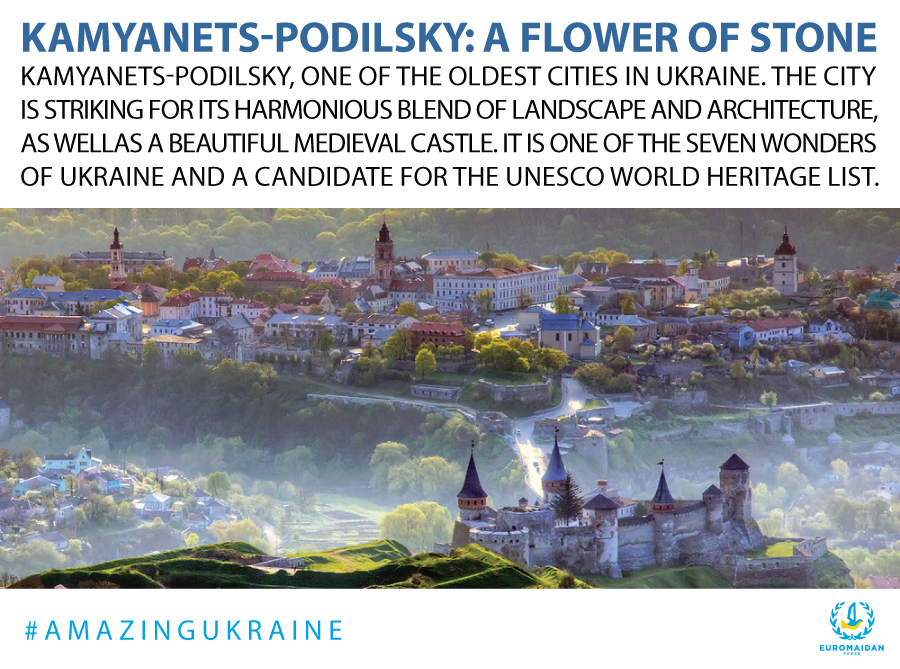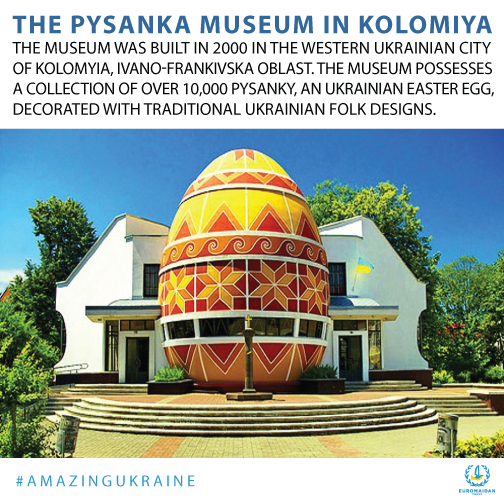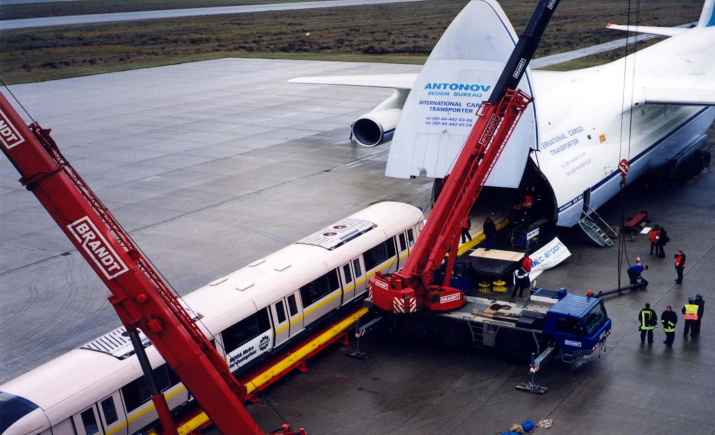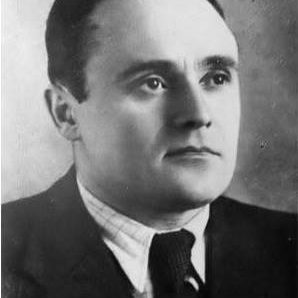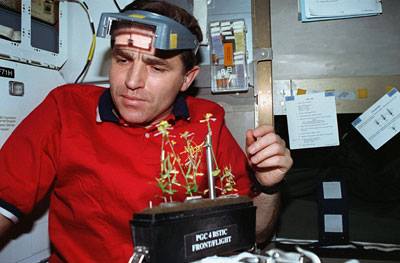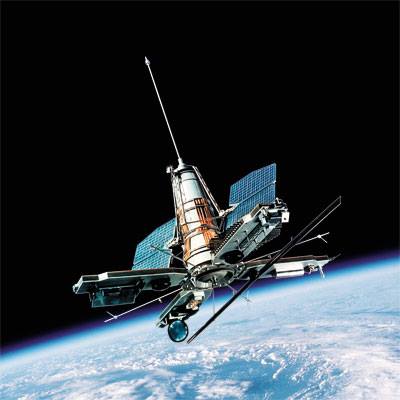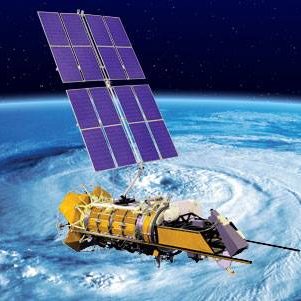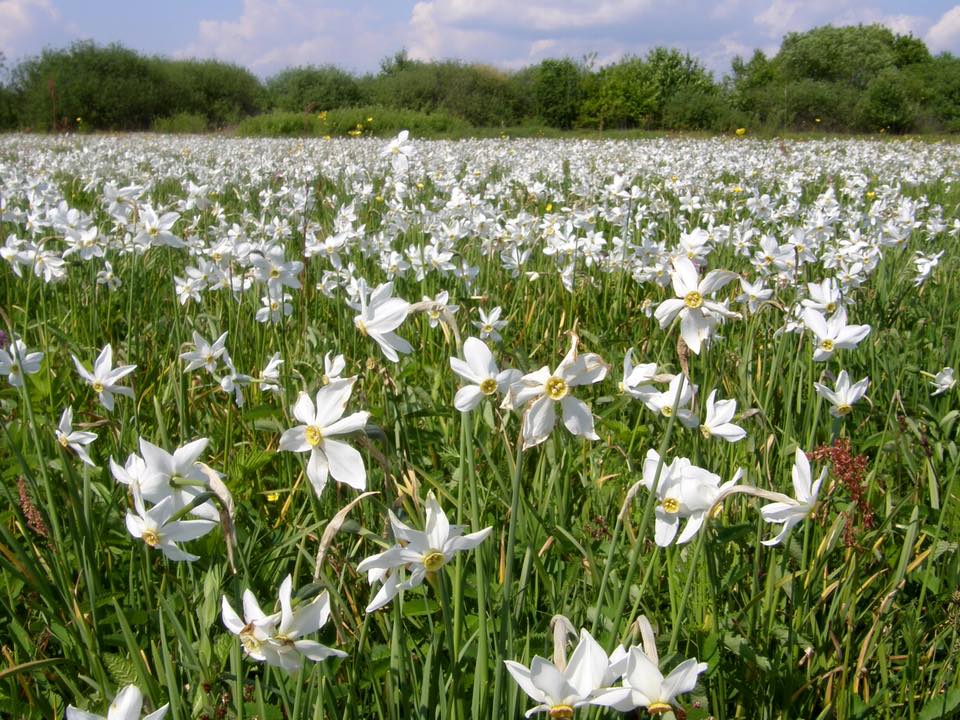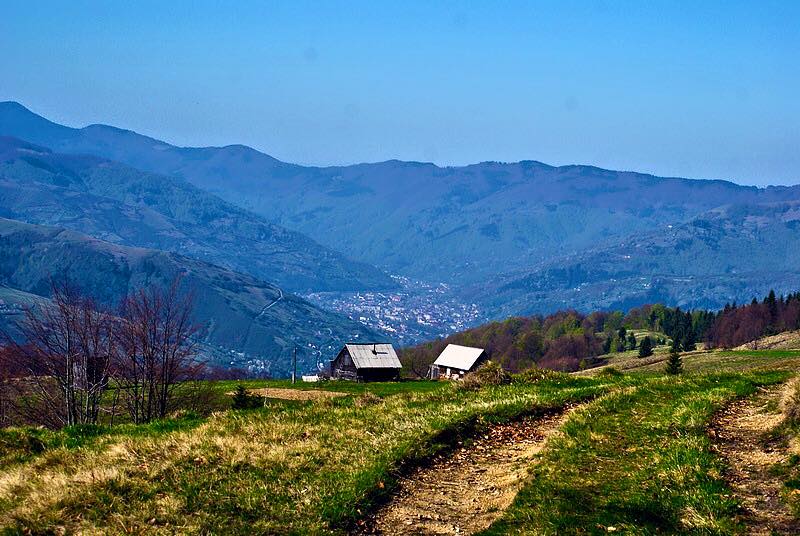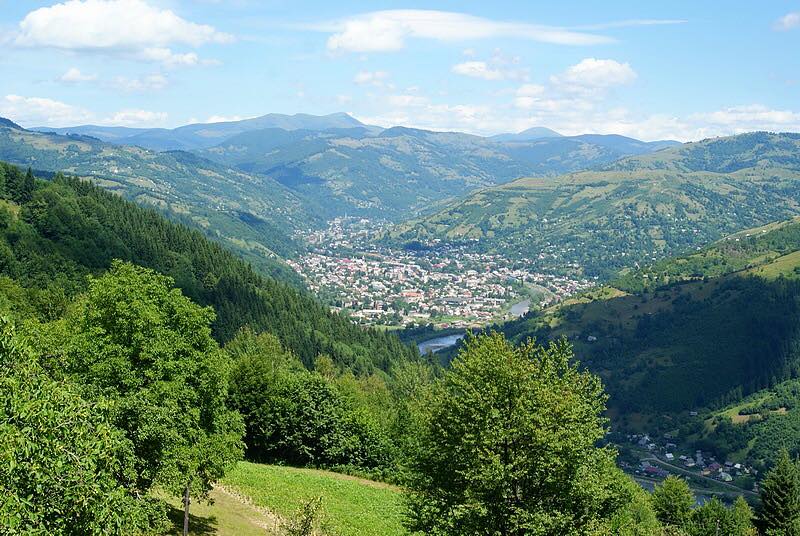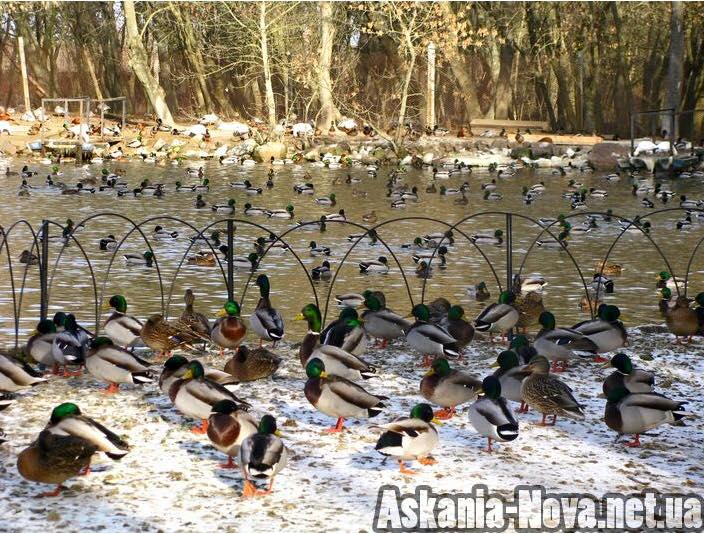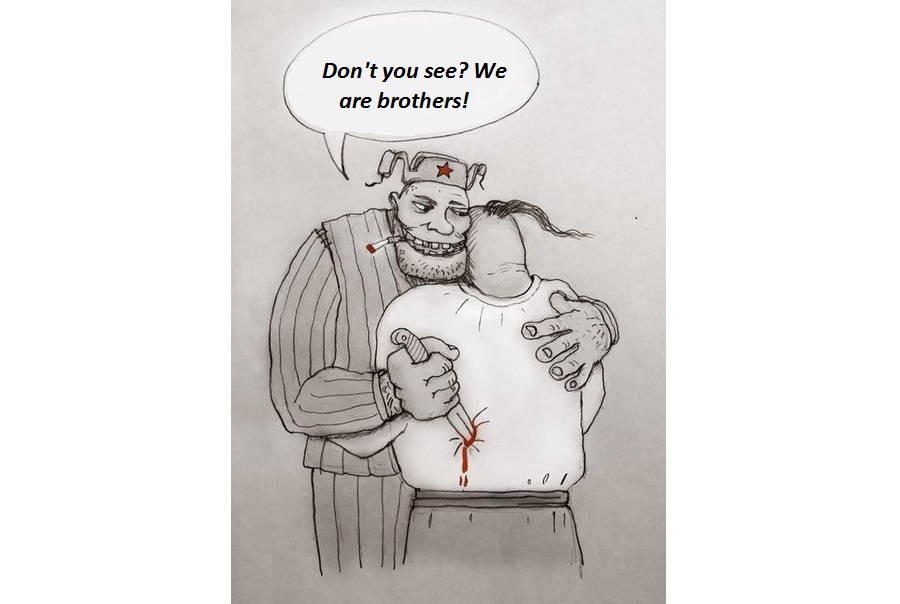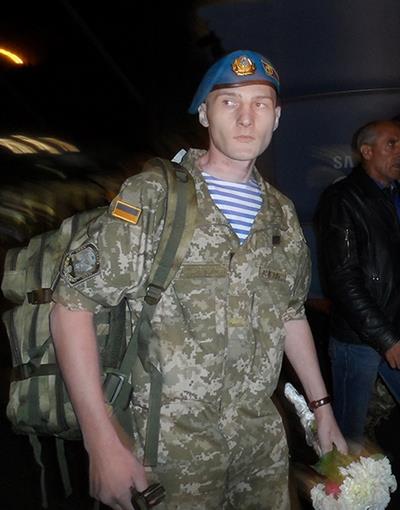On the occasion of the 24 anniversary of Independence of Ukraine, Ukraine's Ministry of Foreign Affairs proposes to tell the world about Ukraine with 20 facts. Here is a selection of our favorites, together with illustrations from the Euromaidan Press series #AmazingUkraine. You can find more Ukraine facts by searching by the hashtags #TellWorldAboutUA and #20FactsUA.
[mwm-aal-display]
2. Ukraine is one of the UN founding members
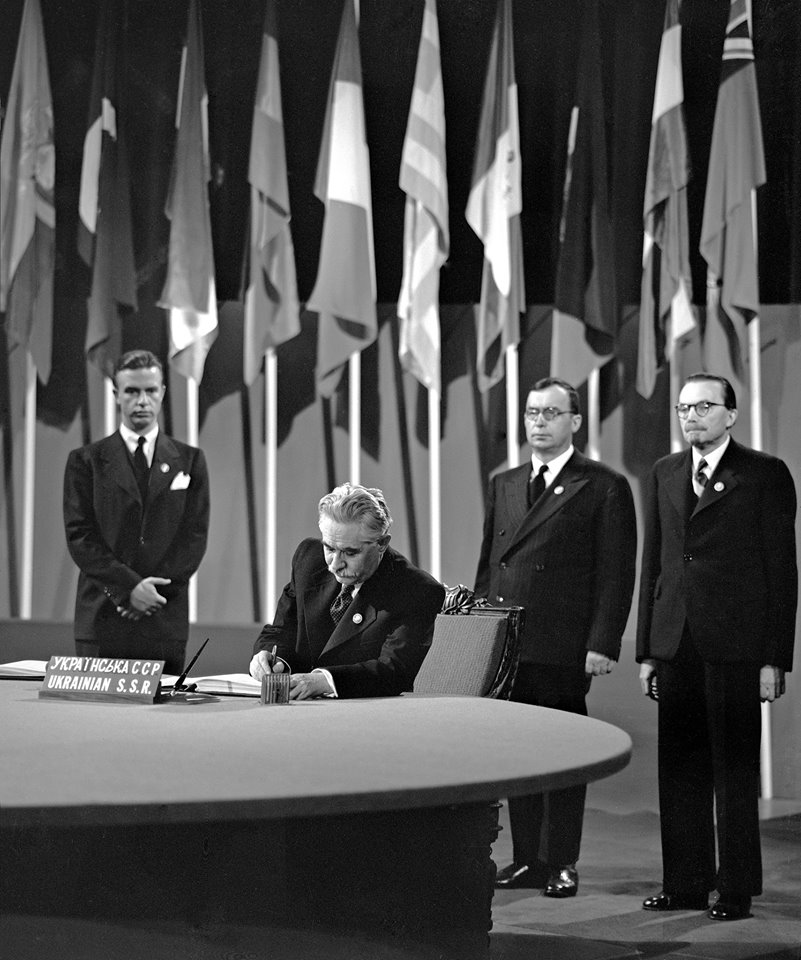
Ukraine is one of the UN Founding Members. Ukrainian representatives were actively involved in the drafting of the UN Charter, which was signed on 26 June 1945 in San Francisco.
Head of the Ukrainian delegation Dmytro Manuilskyi was elected Chairman of the First Committee, which elaborated the Preamble and Chapter 1 (Purposes and Principles) of the UN Charter.
Ukraine was elected a non-permanent member of the Security Council for three times (in 1948-1949, 1984-1985 and 2000-2001). In 1997 Minister for Foreign Affairs of Ukraine Hennadii Udovenko was elected President of the 52nd UN General Assembly session.
During the elections to be held in October 2015 Ukraine will run for a seat on the UN Security Council for the following two-year term, being the only agreed candidate from the Eastern European Group.
Ukraine has always been a consecutive supporter and protector of the UN principles in international relations. Traditionally, Ukraine attached a great importance to the United Nations peacekeeping efforts. About 600 Ukrainian peacekeepers contributed to the UN operations and missions, making our state the leader by this indicator among the states from Central and Eastern Europe.
The UN plays an important role in supporting the sovereignty and territorial integrity of Ukraine.
As a reaction to Russian aggression against Ukraine, which started in 2014, UN GA in its resolution No. 68/262 of 27 March 2014 confirmed, by overwhelming majority, Ukraine's territorial integrity in its internationally recognized borders; expressed non-recognition of illegal referendums in the Autonomous Republic of Crimea and the city of Sevastopol; called upon all Member States, international organizations and specialized agencies not to recognize any changes to the status of the Autonomous Republic of Crimea and the city of Sevastopol as a result of aforementioned so called “referendums” and to refrain from any action or behaviour that might be interpreted as recognition of any change in the status. 100 UN Member States voted in favour of the resolution and only 11 were against.
Because of cynical manipulation by Russia of its veto right, the UN Security Council failed to adopt a resolution on confirmation of the territorial integrity, sovereignty and independence of Ukraine. Russia was the only state, among 15 members of the UN Security Council, openly rejecting it.
A similar situation was observed in all cases when the UN Security Council considered the situation in the East of Ukraine and Russia’s aggressive actions against our state.
Such situation raises once again the need of finding best ways to reform the Security Council in accordance with the current international reality.
At the moment, the only document which the UN Security Council was able to adopt on the issue of the situation in the East of Ukraine is Resolution No. 2202 of 17 February 2015, which endorses the Minsk agreements of 12 February 2015 on peaceful settlement of the crisis in the Donbas. The Russian Federation supported the Resolution, but its further factual refusal from proper implementation of the Minsk agreements once again made Russia isolated beyond the framework of international law.
On 13 July 2015 Ukraine, Australia, Belgium, Malaysia and the Netherlands submitted to the UN Security Council a draft Resolution to establish the International Tribunal on investigation into the crime committed on 17 July 2014 against the civilian plane of the flight MH17. On 29 July 2015 the Resolution was discussed by the UN Security Council but wasn't approved because of the Russian veto.
3. Ukraine is a peaceful state. In 1994 Ukraine renounced the third largest nuclear arsenal in the world
After the collapse of the Soviet Union and declaration of independence in 1991 Ukraine voluntarily renounced the third largest nuclear weapons stockpile in the world (after the US and Russia).
The Declaration on State Sovereignty of Ukraine of 16 July 1990 incorporated three fundamental non-nuclear principles - non-possession, non-manufacture, and non-introduction of nuclear weapons. It was reaffirmed in the Statement of the Verkhovna Rada of Ukraine “On Non-Nuclear Status of Ukraine” of 24 October 1991.

On 5 December 1994, Ukraine, the Russian Federation, United Kingdom of Great Britain and United States of America signed a so-called Budapest Memorandum - Memorandum on Security Assurances in Connection with Ukraine’s Accession to the Treaty on the Non-Proliferation of Nuclear Weapons. The Parties to the Memorandum undertook an obligation to respect sovereignty and existing borders of Ukraine as well as refrain from the threat or use of force against the territorial integrity or political independence of Ukraine.
Having abandoned the nuclear status, Ukraine demonstrated an example to follow, of a country which voluntarily gave up its nuclear weapons to maintain peace in the world.
The Russian Federation blatantly violated the Budapest Memorandum and its international obligations having unleashed aggression against the sovereignty and territorial integrity of Ukraine that resulted in the illegal occupation of the Autonomous Republic of Crimea and certain areas of Donetsk and Luhansk Regions.
Even more, Russia continues destroying the global order having declared an intention to deploy the nuclear weapons on the Crimean peninsula.
5. Citizens of 63 countries have visa-free entry to Ukraine
Citizens of 63 countries have visa-free entry to Ukraine:
Member States of the European Union, Azerbaijan, Andorra, Argentina, Belarus, Bosnia and Herzegovina, Brazil, Brunei, Vatican, Armenia, Hong Kong (China), Georgia, Israel, Iceland, Kazakhstan, Canada, Kyrgyz Republic, Republic of Korea, Liechtenstein, Republic of Macedonia, Moldova, Monaco, Mongolia, Norway, Panama, Paraguay, Russian Federation, San Marino, the Republic of Serbia, USA, Tajikistan, Türkiye, Uzbekistan, Montenegro, Switzerland and Japan.
Ukrainian citizens enjoy visa-free entry to 28 countries: Azerbaijan, Albania, Argentina, Belarus, Bosnia and Herzegovina, Brazil, Brunei Darussalam, Armenia, Guatemala, Hong Kong (China), Georgia, Israel, Kazakhstan, Kyrgyz Republic, Republic of Macedonia, Malaysia, Mongolia, Nicaragua, Moldova, Panama, Paraguay, Russian Federation, El Salvador, the Republic of Serbia, Tajikistan, Türkiye, Uzbekistan, Montenegro.
Visa-free regime opens the world to Ukraine and Ukraine to the world. Here are some of the places worth visiting in Ukraine:
UKRAINE AND EUROPE - FREEDOM OF MOVEMENT
On 1 September 2005, after the Orange Revolution, Ukraine abolished visas for the nationals of the European Union as a goodwill gesture and a sign of openness and desire for integration with the EU.
At the Ukraine-EU Summit on 22 November 2010 our country received the Action Plan on Visa Liberalisation. Granting the Action Plan to Ukraine became the transition from abstract discussions to substantive and purposeful work with a clear prospect of introducing visa-free regime for the citizens of Ukraine for short-term travels to the EU.
The document covers four blocks of benchmarks, under which the work is being carried out to create conditions for visa-free regime for the Ukrainian citizens: 1) document security, including biometrics; 2) illegal immigration, including readmission; 3) public order and security; 4) external relations and fundamental rights.
The implementation of the document is carried out in two phases. The first phase envisages adoption of the necessary legislation, the second provides for its implementation.
On 23 June 2014 Ukraine has moved to the second phase of the implementation of the Action Plan.
In December 2015, the European Union is to publish a report on Ukraine's progress in the implementation of the Visa Liberalisation Action Plan.
9. The world's largest airplane was built in Ukraine
Among the outstanding achievements of Ukraine’s aircraft industry is the world’s largest airplane АN-225 “Mriya” (Images 1-3) and the biggest serial heavy lifter in the world АN-124-100 “Ruslan” (Images 4-6).
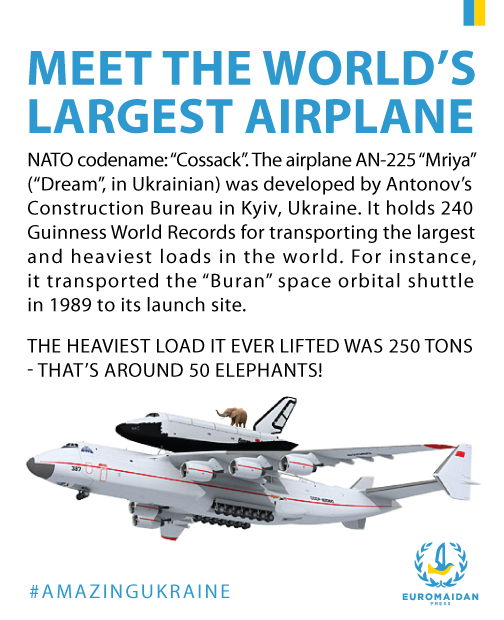 In 2001, the airplane АN-225 “Mriya” set 214 national and 124 world records by taking on board 253 tons of cargo. Initially, the main task of the AN-225 was transportation of various parts of "Energiya" carrier rocket and "Buran" spaceship.
In 2001, the airplane АN-225 “Mriya” set 214 national and 124 world records by taking on board 253 tons of cargo. Initially, the main task of the AN-225 was transportation of various parts of "Energiya" carrier rocket and "Buran" spaceship.
Besides numerous transportations of the unique cargoes the AN−225 repeatedly participated in humanitarian operations on liquidation of consequences of natural disasters in different countries. During last several years it delivered cargoes to Japan, Haiti and Philippines.
On 11 August 2009, the AN−225 carried the heaviest monocargo in the history of aviation, a generator weighting 174 tons, from Frankfurt (Germany) to Yerevan (Armenia). The total weight of the cargo was 187,6 tons. This transportation was registered in the Guinness Records Book.
Antonov Airlines have performed the most extreme delivery operations in history, such as the delivery of a 175−ton transformer from Linz (Austria) to Houston (USA) and 247 tons of large−size construction equipment from Prague (Czech Republic) to Tashkent (Uzbekistan).
10. Ukraine is a leading global agro-export player
33% of the world's black-earth soil, or chernozems, favorable climate and geographical location make Ukraine one of the leaders in the world agro-export market:
- № 1 in exports of sunflower oil
- № 2 in exports of grains
- № 3 in exports of corn
- № 4 in exports of barley
- № 6 in exports of wheat
- № 7 in exports of soy beans

- № 8 in exports of poultry
If Ukraine’s grain harvest of 2013 were loaded in railway cars, the length of the train would be equal to the distance between Kyiv and Rio de Janeiro (11,681 km). The harvest of the Ukrainian sunflower oil of 2013 (3,9 mln tons) could fill in 1,560 Olympic swimming pools.
During the first semester of 2015, Ukraine exported 104,000 ton of meat, which is 31% more than in the same period in 2014.
The agricultural sector of Ukraine covers 41,5 mln hectares, or 70% of the country’s territory. According to the IMF estimates, the agricultural sector of Ukraine generated up to 10% of GDP in 2014.
11. Ukraine is a top honey producer and was home to the first frame beehive
 The world's first movable frame beehive was created in Ukraine in 1814 by Petro Prokopovych. Nowadays Ukraine ranks first in Europe and third in the world in the production of honey.
The world's first movable frame beehive was created in Ukraine in 1814 by Petro Prokopovych. Nowadays Ukraine ranks first in Europe and third in the world in the production of honey.
Ukraine holds the top place in the world in terms of honey production per capita (1,5 kg), a figure higher by several times compared to the European countries.
In 2014 the number of beehives in Ukraine reached almost 3 million. In 2014 honey production reached 66,5 thousand tons.
In 2014 Ukrainian enterprises exported 36,3 thousand tons of honey in the amount of 93,4 million US dollars.
In 2014 the Ukrainian honey was exported worldwide:
Almost 72% of Ukrainian honey was exported to Europe (26 121,4 tons), in particular 31,6% to Germany (11 472,5 tons), 19,2% to Poland (6 975,6 tons), 5% to Slovakia (1 823 tons), 4,9% to France (1 783,2 tons), 4,3% to Spain (1 563,3 tons) and 2,2% to Italy (798,8 tons).
American direction with 23,2 % of all honey export (8 415,5 tons) was the second largest market for Ukraine: 21,5% was exported to the USA (7 806,6 tons) and 1,7% to Canada (608,7 tons). (Information from http://www.agro-business.com.ua/
)
14. Ukraine is one of the most educated nations in the world
Ukraine stands 4th among the most educated nations in the world. Over 99.7% of Ukrainians are literate.
Ostroh Slavic Greek Latin Academy was the first higher education institution in Ukraine and Eastern Europe. It was founded by Prince Vasyl-Kostiantyn of Ostroh in 1576.
The National University of "Kyiv-Mohyla Academy", one of the oldest education institutions in Eastern Europe, was founded in Kyiv in 1615.
Today in Ukraine: there are 198 universities, 62 academies, 83 institutes, 245 colleges, 97 technical schools, 117 specialized schools and 1 conservatory functioning in Ukraine.
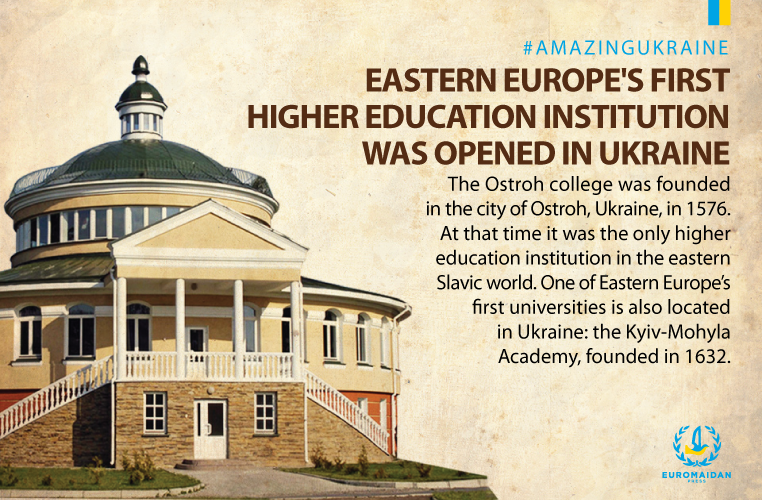 Six Ukrainian universities are listed in the international ranking “QS World University Rankings”, in particular Taras Shevchenko National University of Kyiv and National Technical University of Ukraine “Kyiv Polytechnic Institute”.
Six Ukrainian universities are listed in the international ranking “QS World University Rankings”, in particular Taras Shevchenko National University of Kyiv and National Technical University of Ukraine “Kyiv Polytechnic Institute”.
Each year Ukraine gives the world about 640,000 graduates, 130,000 of them are engineers and 16,000 are IT specialists.
During 2013/2014 academic year, more than 69,000 foreign students coming from 146 countries in the world were studying in the Ukrainian higher education institutions.
The new Law of Ukraine “On higher education” of 1 July 2014 establishes basic legal, organizational and financial principles of the higher education system in Ukraine. These principles seek to integrate Ukraine’s education sphere into the European higher education area in line with strategic goals of the Bologna process. This law created conditions for strengthening cooperation between state authorities and businesses and higher education institutions on the principles of autonomy of the latter, integration of education with science and industry to prepare competitive human resources for high-tech and innovative development of the country, personal self-fulfilment, meeting demands of the society, labour market and the state for qualified professionals.
15. Culture: Carol of the bells is actually a Ukrainian folk song
Currently, all over the world, there are 1384 monuments to prominent Ukrainian poet Taras Shevchenko: 1256 in Ukraine and 128 abroad (in 35 countries).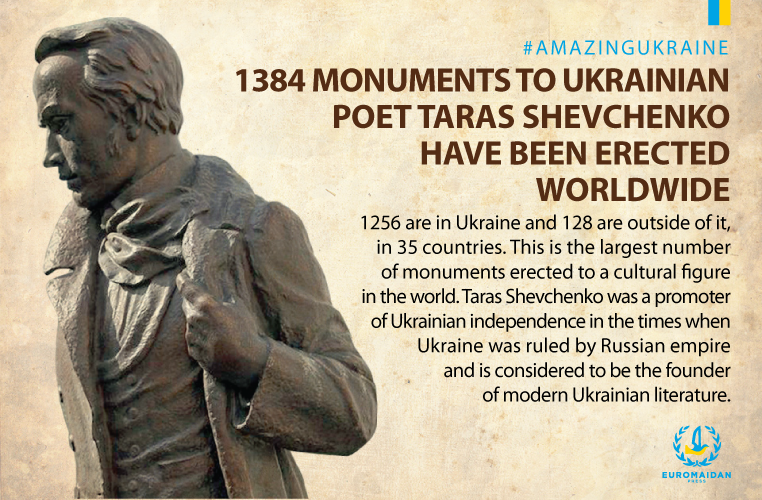
Ukrainian diplomats recite Taras Shevchenko’s poem "Testament" in 9 languages.
A world famous Christmas song "Carol of the Bells" was originally written by Ukrainian composer and choirmaster Mykola Leontovych and is based on a Ukrainian folk song "Shedryk." Read more about the Carol of the Bells here.
Ukrainian singer Ruslana won the 2004 Eurovision Song Contest with her song "Wild Dances."
All over the world are well known artists of Ukrainian origin: one of the greatest male ballet dancers of the 20th century Sergei Lyfar and actress Milla Jovovich.
16. Science: the first small electronic computer was created in Ukraine

The first small electronic computer in the USSR and on the European continent was created in Kyiv in 1950, under the leadership of Academician Serhiy Lebedev. It was called "MESM."
In the 1930's, outstanding Ukrainian scientist Yevhen Paton supervised the development of the method of automatic submerged arc welding which significantly increased productivity and quality of engineering.
The scientific assets of modern Ukraine are quite diverse: from the set of unique telescopes to testing polygons of high voltage lines’ piers and laser stations for satellite monitoring.
Ukraine has a huge scientific potential. Each year from 10 to 15 thousands of Ukrainian inventions and ideas are being patented. The founders of such applications as PayPal (Max Levchin) and WhatsApp (Jan Koum) were born and raised in Ukraine.
For more about Ukrainian research, please see Awesome Ukraine, Part 1: Scientists and innovators
17. Medicine and healthcare
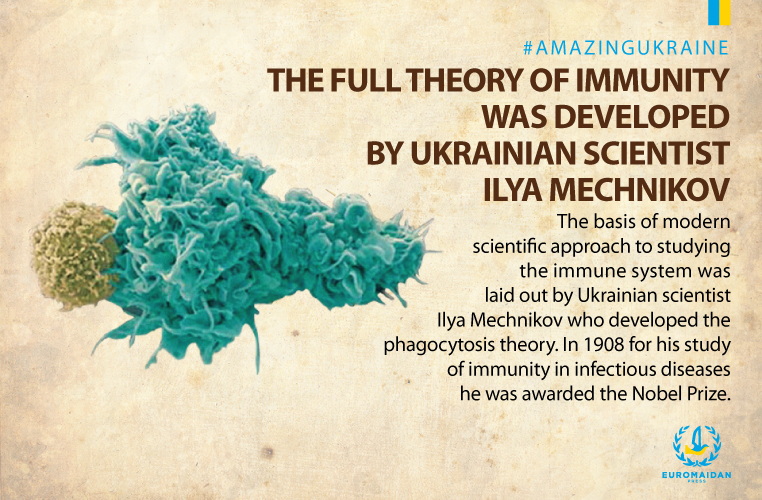 Ivan Pulyuy (1845—1918) is the first Ukrainian physicist of international standing and a co-founder of radiology. His best quality X-ray photographs were widely published in the European press. In the USA, a device engineered by I.Pulyui performed the first ever X-ray photograph of a bone fracture.
Ivan Pulyuy (1845—1918) is the first Ukrainian physicist of international standing and a co-founder of radiology. His best quality X-ray photographs were widely published in the European press. In the USA, a device engineered by I.Pulyui performed the first ever X-ray photograph of a bone fracture.
Today, a lot of foreign students from all over the world study at Ukrainian medical education institutions, namely at the National Pirogov Memorial Medical University of Vinnytsia, V.N. Karazin Kharkiv National University and Odesa National Medical University.
Video: Sheila Mochoto Olunga is from Kenya, she studies medicine at the V.N. Karazin Kharkiv National University:
The Ukrainian Heart Institute was the first medical institution in the former Soviet Union to receive QHA Trent international medical accreditation in 2015 which recognized the Institute as a leading medical institution and provide it with opportunities to treat patients from Europe and the USA.
18. Ukraine is a world leader in the space industry
Ukraine is among a few countries of the world which possess a full cycle of aerospace hardware engineering and production. Ukrainian and Ukrainian-born scientists developed the ideas of interplanetary travel and theory of rocket technology.
Serhiy Korolyov (Russian: Sergey Korolev) is an outstanding Ukrainian scientist, rocket engineer and spacecraft designer. He developed the first intercontinental missile, launched the world's first satellite (Sputnik 1), and was the man that first launched the first dog into space in 1957 and the first man, Yuriy Gagarin, in 1961. Today you can visit the unique S.P. Korolyov Museum of Cosmonautics in the city of Zhytomyr (Ukraine) in the house where Serhiy Korolyov was born in 1907.
The first Ukrainian to fly in space under the Ukrainian flag was Leonid Kadenyuk, from 19 November till 5 December 1997.
Ukrainian enterprises hold leading positions in international space industry. Among the most well-known and recognized scientific and design companies in the world in the field of space technology development are Ukrainian A.M.Makarov Southern Machine-Building Plant and M.K.Yangel State Design Office "Yuzhnoye."
Important achievements of the Ukrainian space engineers: satellites “Sich-1,” "Okean-O," “Micron,” and rocket carriers "Zenit-3SL,""Dnipro," and "Tsyklon 3."
19. Ukraine has unique and beautiful biosphere reserves
Ukraine is a party to more than 40 global and regional international environmental conventions.
Ukrainian biosphere reserves Askania-Nova (Kherson region), Black Sea Biosphere Reserve (Kherson and Mykolaiv regions) and Carpathian Biosphere Reserve (Zakarpattia region) are listed into the global network of biosphere reserves by the UNESCO International Coordination Council of the Man and the Biosphere Programme.
Ukraine is implementing a 2020 National Strategy for Environmental Policy to improve environmental situation and safety in the country.






